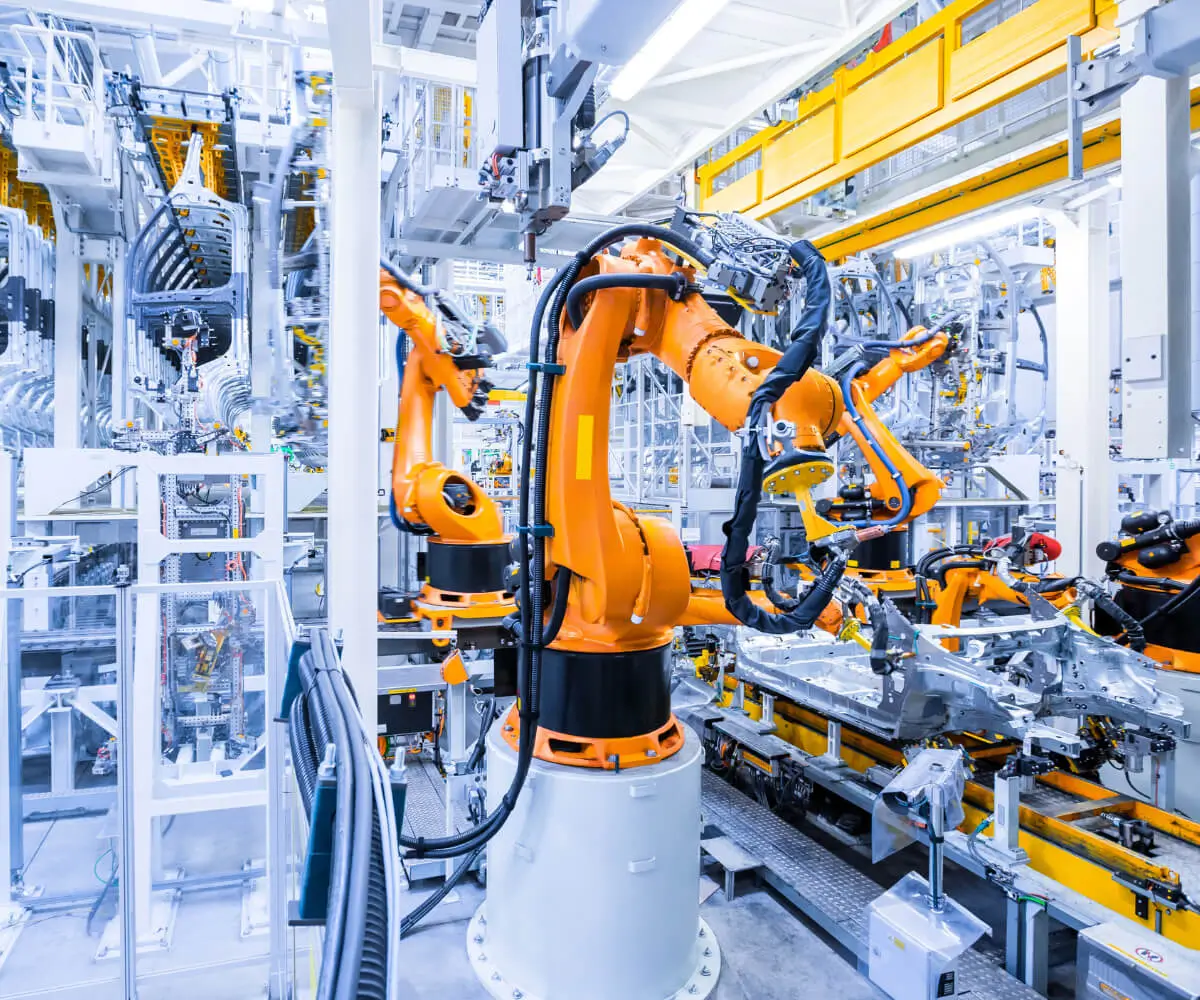Unlocking Precision: The Power and Potential of Servo Motors and Servo Drives
In today’s rapidly advancing industrial landscape, precision, efficiency, and adaptability are no longer luxuries—they are the backbone of successful manufacturing, robotics, and automation systems. Among the technological marvels driving this revolution, servo motors and servo drives stand out as pivotal components that enable machines to perform with pinpoint accuracy and exceptional responsiveness.

What Are Servo Motors and Servo Drives?
To truly appreciate their significance, it’s essential to understand what these devices are and how they work together. A servo motor is a specialized type of motor capable of precise control of angular or linear position, velocity, and acceleration. Unlike standard motors, which run continuously at a set speed, servo motors can be finely controlled to achieve specific positions or speeds, making them indispensable in applications where precision is paramount.
A servo drive, on the other hand, is an electronic amplifier that receives commands from a control system and supplies power to the servo motor accordingly. It continuously monitors the motor’s position, velocity, and torque through feedback devices such as encoders or resolvers, adjusting power delivery in real-time to keep the motor’s actions aligned with the desired parameters.
When combined, these two components form a closed-loop control system—often called a servo system—that excels at delivering accurate, rapid, and reliable motion control. The synergy between the servo motor and the drive ensures that operations such as robotic arm movements, CNC machining, or automated assembly can be conducted with astonishing finesse.
The Evolution and Advantages of Servo Technology
The journey of servo technology is marked by a continuous quest for higher precision, faster response times, and greater energy efficiency. Early servo systems relied on bulky, analog components, but modern servo motors and drives leverage digital electronics, advanced algorithms, and high-resolution feedback systems.
One of the key advantages of servo systems is their high response rate. Because they constantly adjust their movements based on real-time feedback, they can execute complex trajectories smoothly and accurately, even in dynamic environments. This makes them perfect for tasks like pick-and-place robots, assembly lines, or precise cutting instruments.
Another notable benefit is energy efficiency. Servo drives only supply the power needed for the motor to perform the required motion, reducing waste and lowering operational costs. Additionally, soft-start features minimize mechanical stress, prolonging the lifespan of machinery.
Types of Servo Motors and Their Applications
Servo motors come in various forms, primarily categorized as AC (alternating current) or DC (direct current) types, and each is suited for different applications:
AC Servo Motors: Known for their robustness, high torque at various speeds, and ability to operate in challenging environments, these are commonly used in industrial robotics, CNC machines, and conveyor systems.
DC Servo Motors: Valued for their simplicity, quick acceleration, and precise control, they are ideal for small-scale automation, camera systems, and aerospace applications.
Within these categories, further distinctions include brushless (BLDC) and brushed motors, with brushless variants offering longer life and lower maintenance due to the absence of brushes.
Integration into Modern Automation
The integration of servo motors and drives into automation systems is transforming manufacturing floors worldwide. Their ability to execute complex, synchronized movements is key to achieving high throughput and product consistency.
For instance, in automotive assembly lines, robotic arms equipped with servo systems can perform delicate tasks such as welding, painting, or component placement with unmatched accuracy. In electronics manufacturing, precise control over micro-scale components is only possible thanks to sophisticated servo mechanisms.
Additionally, advancements in networking technology—such as EtherCAT, PROFINET, and Ethernet/IP—enable servo drives to be integrated seamlessly into larger factory automation networks. This connectivity allows for centralized control, real-time monitoring, predictive maintenance, and swift troubleshooting.
Challenges and Considerations
While the benefits are considerable, deploying servo motors and drives requires careful planning. Choosing the right specifications—including torque ratings, speed, feedback resolutions, and environmental robustness—is crucial to optimizing performance.
Furthermore, system design must account for potential issues like electrical noise, backlash in mechanical linkages, and heat dissipation—all factors that can impact servo system accuracy and longevity.
Conclusion of Part1
As the heartbeat of precision motion control, servo motors and drives are no longer just components—they are enablers of innovation. From manufacturing to robotics, their capabilities are continuously expanding, driven by technological advances that promise even more remarkable achievements in automation.
Ready to delve deeper into how these systems are pushing the boundaries of what machines can do? Stay tuned for Part 2, where we explore cutting-edge developments, future trends, and practical insights on integrating servo technology into your projects.
Established in 2005, Kpower has been dedicated to a professional compact motion unit manufacturer, headquartered in Dongguan, Guangdong Province, China.




































